With an estimated 65 million shipping containers in use worldwide, moving them is a day-to-day reality for container companies and haulage teams across the world.
But how exactly do you transport containers over 20 feet long and 8′ 6” high?
The experts at Gap Containers tell all!
How do you transport containers?
Intermodal containers are generally moved using specialist lifting machinery, namely forklifts or lorry-loader cranes, also called HIABs.
At Gap Containers, specially trained lifting teams predominantly use HIABs to lift the container from one of the nationwide depots and position it safely onto the back of the lorry – ready for transportation.
Then, once the delivery driver has arrived at the offloading site, Gap Containers delivery staff will need to assess the offloading area alongside your site representative, to ensure the ground is level and firm with no overhead obstructions, like electrical cabling.
If it is deemed safe to do so, unloading and positioning the container in the chosen position can then begin.
- Operators need to manoeuvre the lorry into the closest possible position, so long as they have adequate room and remain within the safety margins of each particular lorry-loader.
- Then, outriggers will be extended and lowered, using mats or pads if the ground is likely to be damaged or if there are any underground voids.
As seen in the image above, the outriggers are positioned on either side of the lorry, like stabilisers on a bicycle, and create a stable base from which to lift.
- Next, the operator will unfold the crane and attach the chains and slings needed to lift the shipping container – these slings or chains will connect the crane and the container, keeping it stable during lifting.
- The delivery driver will then position themselves next to the operating controls and begin lifting. This includes taking the weight of the shipping container and checking the stability of the container and the outriggers before the lifting begins.
- Once lowered into position, the lifting chains and slings are removed, the crane and outriggers are raised, refolded, and stowed, and any mats or pads are put away.
If at any time a hazard occurs, delivery staff will halt lifting and rectify the situation – which is part of their legal obligation.
To ensure lifting and position are completed without delay or incident, it is helpful if all other staff and vehicles are kept completely out of the way for the duration of unloading. If this is not possible, unloading will be halted or cancelled altogether.
Is shipping container delivery possible for all sizes?
No matter the size or type you need, it is possible for staff to complete shipping container transport safely and securely.
This includes:
- Refrigerated containers
- ISO containers from 6ft to 40ft
- Storage container conversions
- Cube containers
- Flat-pack containers
What is the shipping container delivery cost?
The shipping container transport cost will vary from customer to customer and is based on many factors rather than being one flat fee.
These factors can include:
- The size or type of shipping container
- The distance between the depot and delivery location
- The necessary staffing needed for the delivery – will it need more than one delivery staff member?
- The complexity of delivery and installation
As well as a range of other factors.
To get an accurate shipping container delivery cost, you will need to get a bespoke quote – feel free to contact the team to find out more.
How to arrange shipping container transport
With over 30 years of experience in container transport and haulage, Gap Containers has the expertise to help you purchase the intermodal container you need and deliver it to your door.
If you need our help with shipping container transport and delivery, why not chat with a professional by calling us on 0870 240 9405 or filling out the initial enquiry form below – we’ll get back to you ASAP.

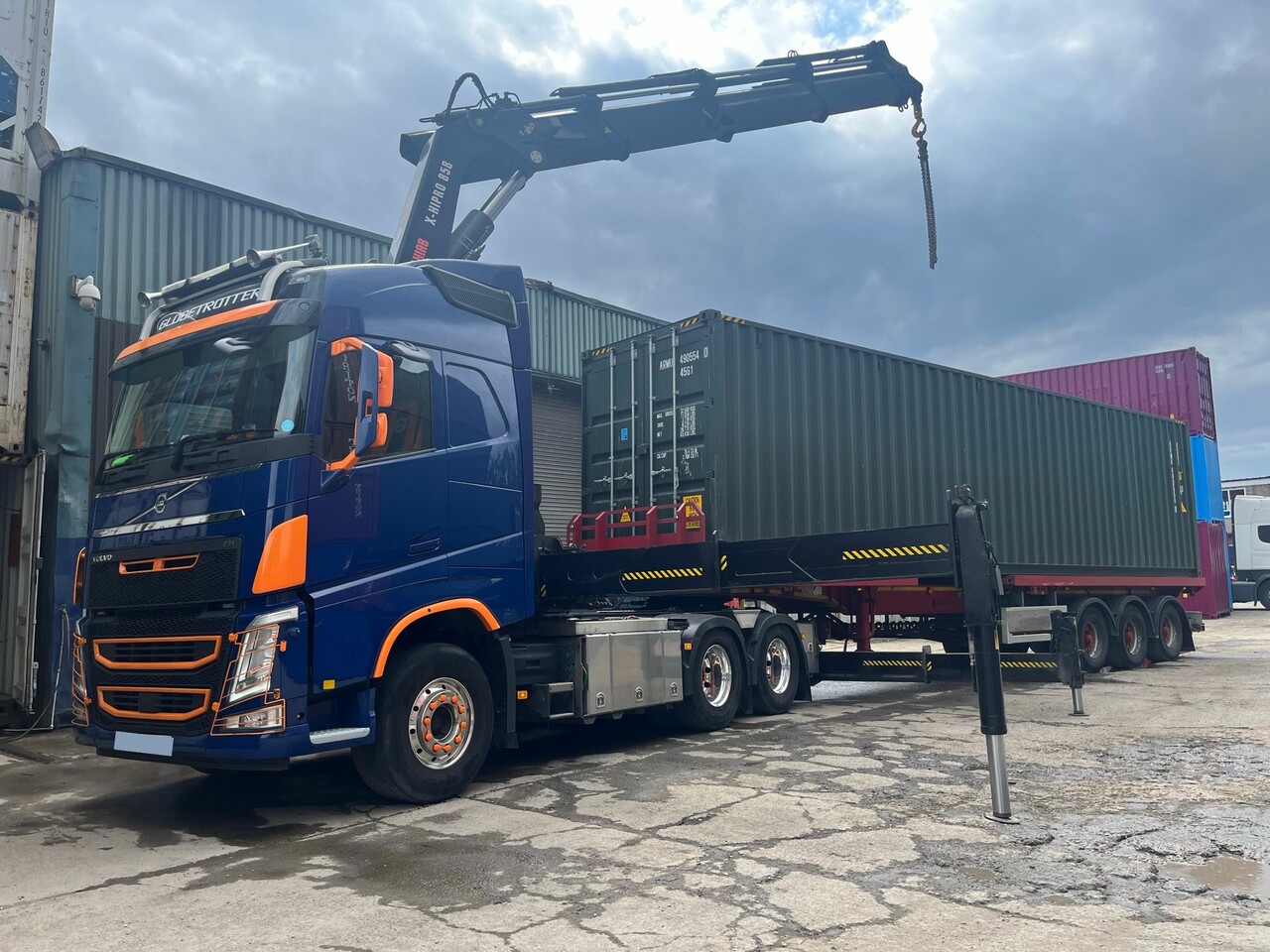
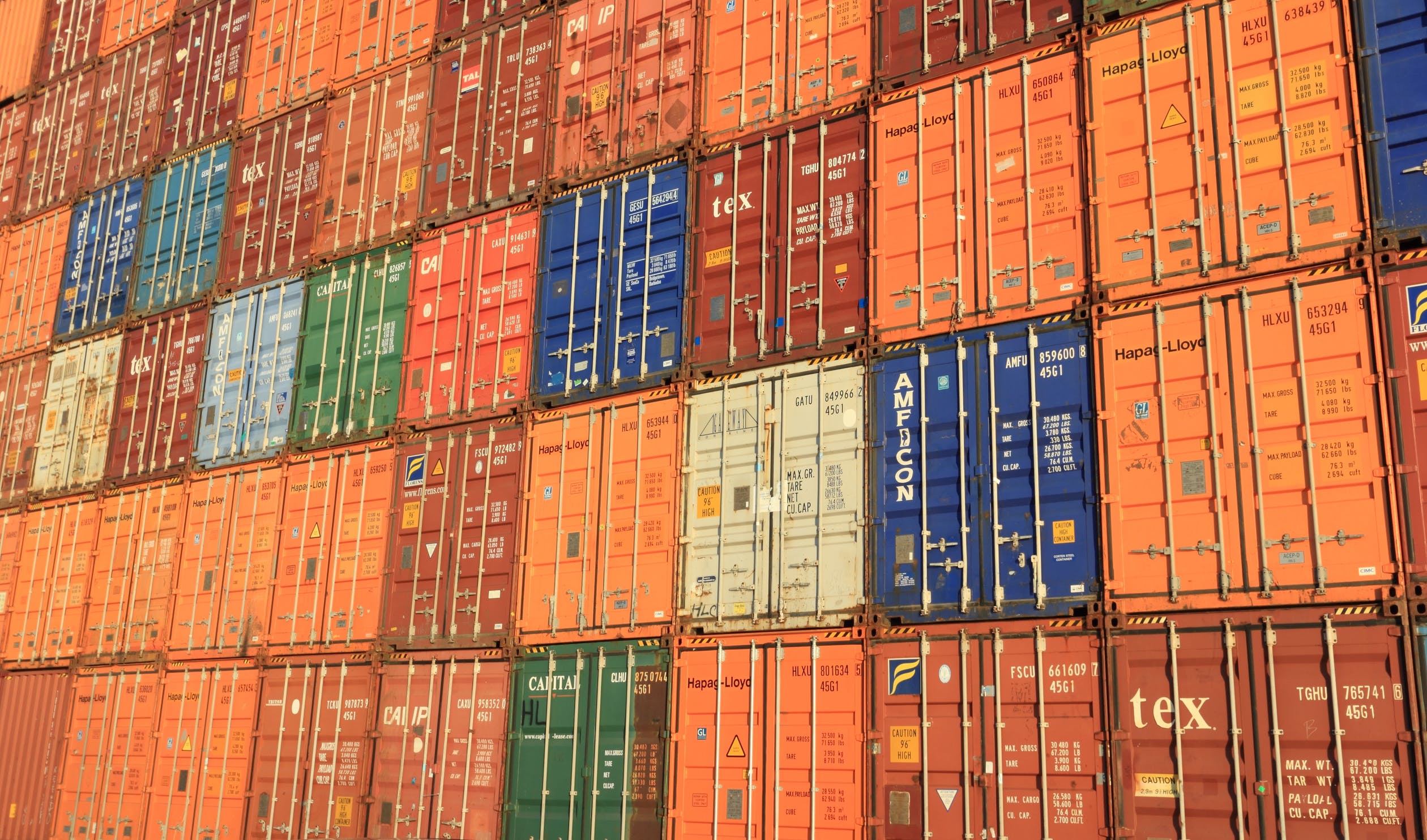





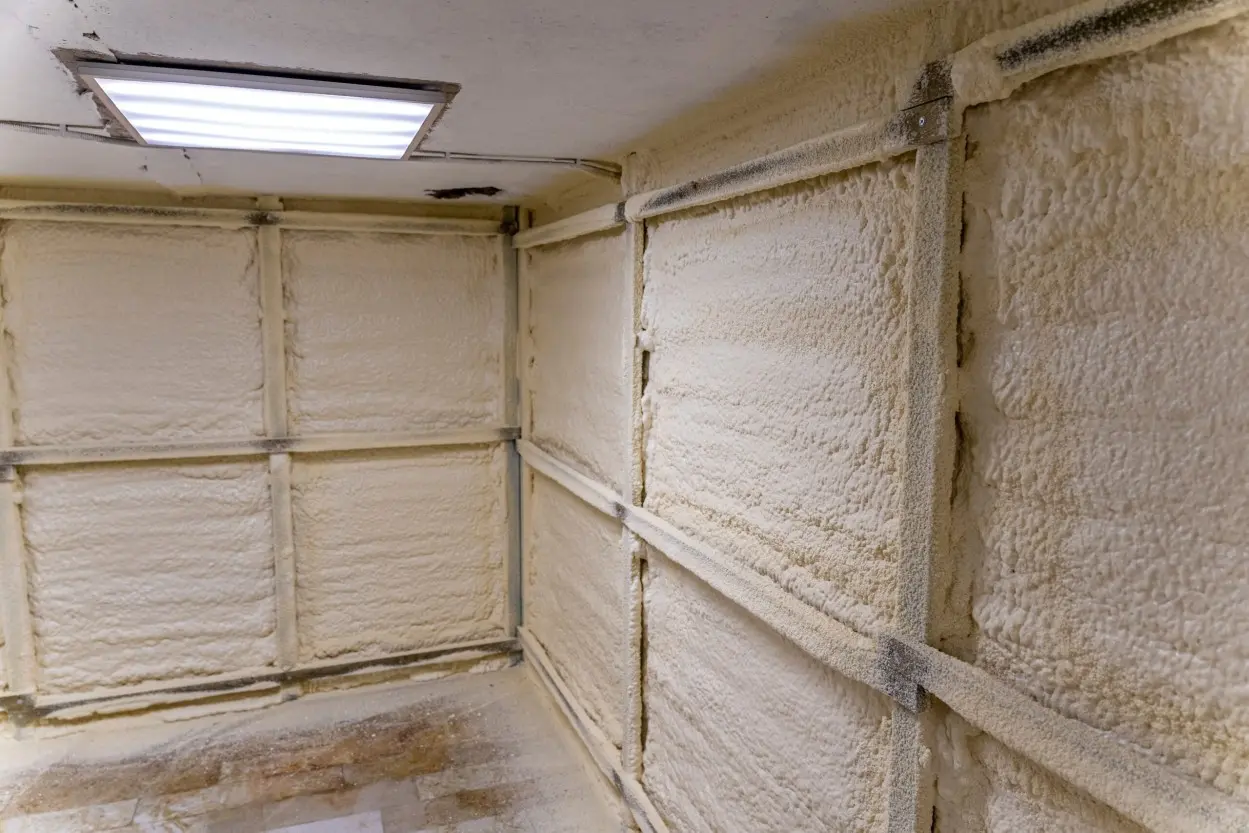
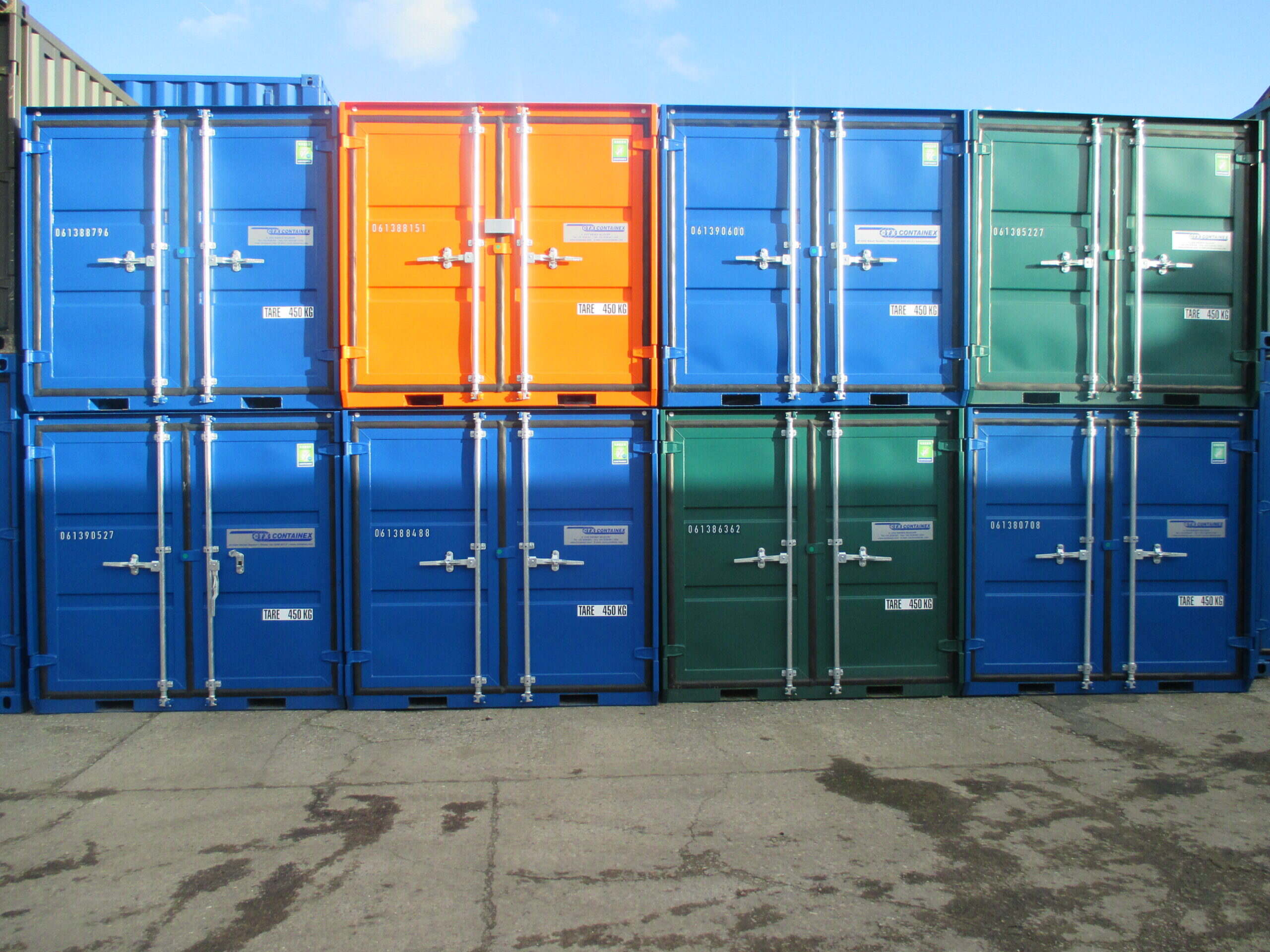
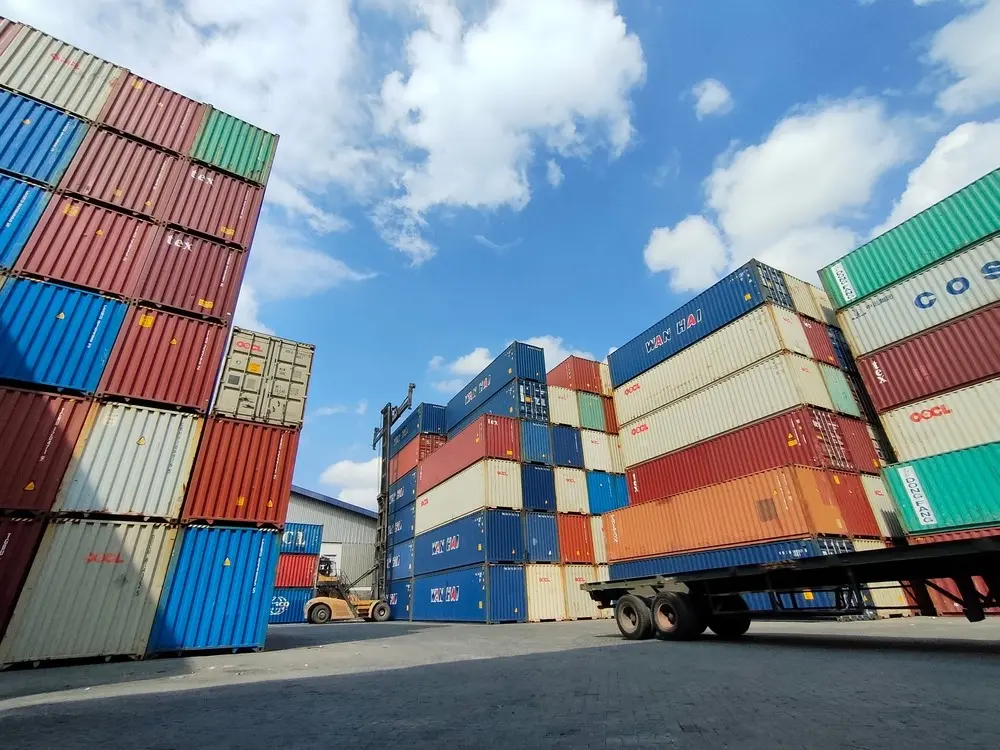

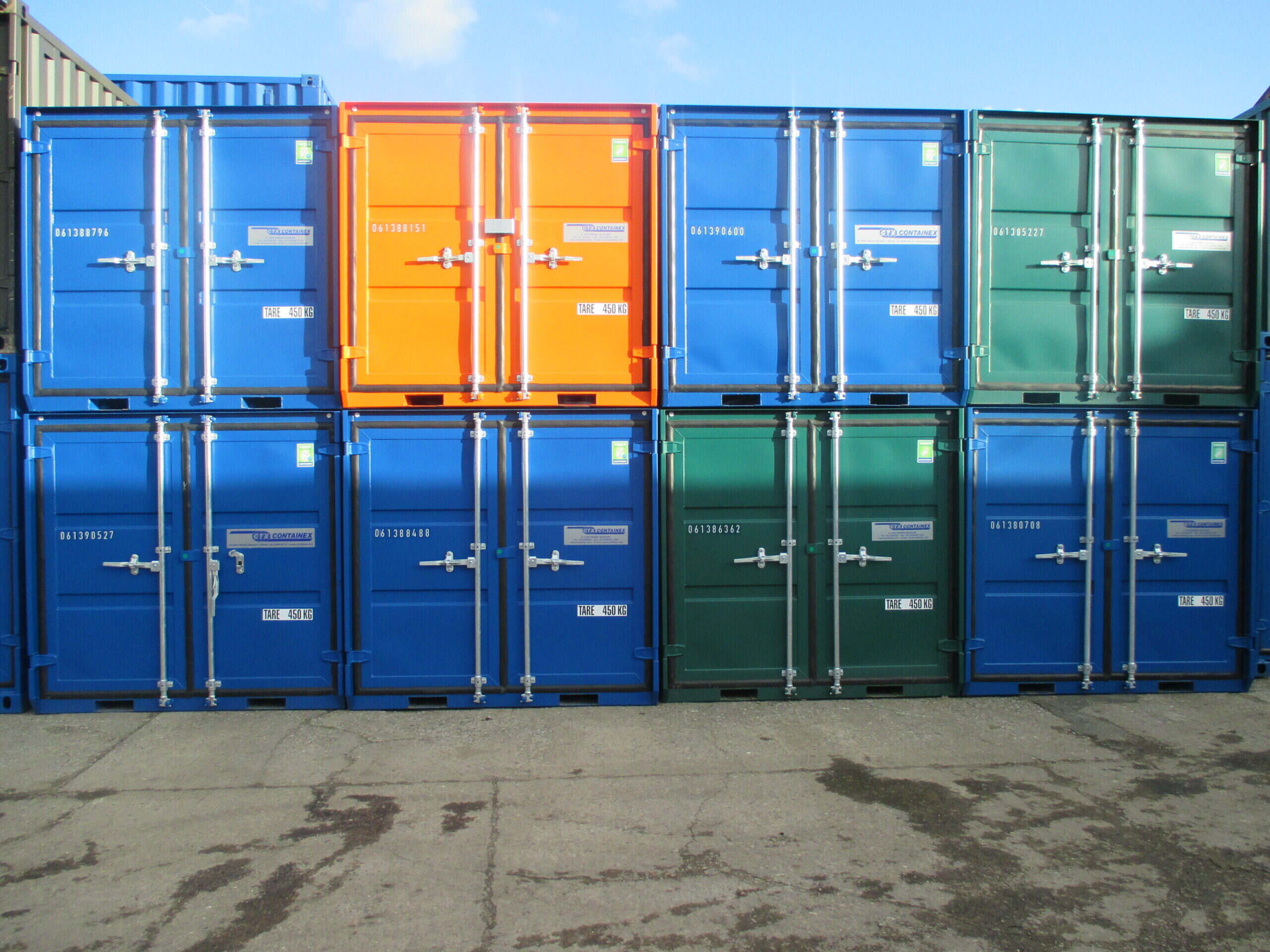
 Reviews
Reviews